Collective Molecular Activities of the Plant: Crinum Asiaticum Var. Sinicum
Overview of Ingredients
55 All known Ingredients in Total
Unique ingredients have been isolated from this plant.Plant-Ingredients Associations were manually curated from publications or collected from other databases.
40 Ingredients with Acceptable Bioavailablity
Unique ingredients exhibit acceptable human oral bioavailablity, according to the criteria of SwissADME [PMID: 28256516] and HobPre [PMID: 34991690]. The criteria details:SwissADME: six descriptors are used by SwissADME to evaluate the oral bioavailability of a natural product:
☑ LIPO(Lipophility): -0.7 < XLOGP3 < +5.0
☑ SIZE: 150g/mol < MW < 500g/mol
☑ POLAR(Polarity): 20Ų < TPSA < 130Ų
☑ INSOLU(Insolubility): -6 < Log S (ESOL) < 0
☑ INSATU(Insaturation): 0.25 < Fraction Csp3 < 1
☑ FLEX(Flexibility): 0 < Num. rotatable bonds < 9
If 6 descriptors of a natural plant satisfy the above rules, it will be labeled high HOB.
HobPre: A natural plant ingredient with HobPre score >0.5 is labeled high human oral availability (HOB)
13 Ingredients with experimental-derived Activity
Unique ingredients have activity data available.Ingredient Structrual Cards
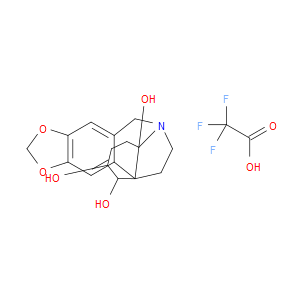
Ingredient ID: NPC329039
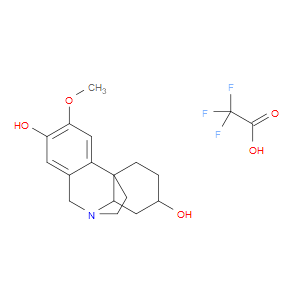
Ingredient ID: NPC328202
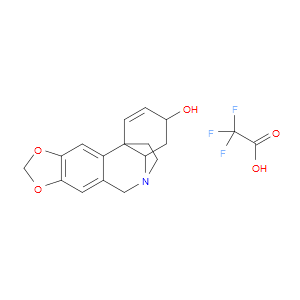
Ingredient ID: NPC327879
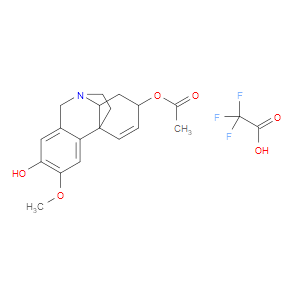
Ingredient ID: NPC327746
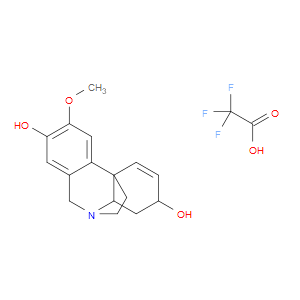
Ingredient ID: NPC327558

Ingredient ID: NPC325696
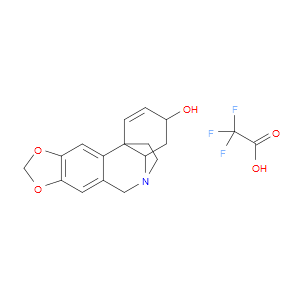
Ingredient ID: NPC324838
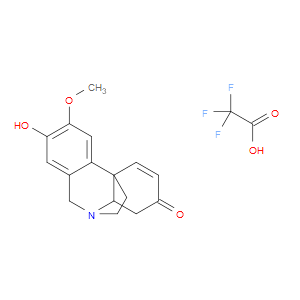
Ingredient ID: NPC324191

Ingredient ID: NPC323542
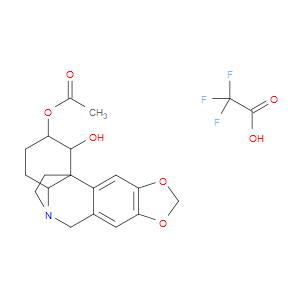
Ingredient ID: NPC322490
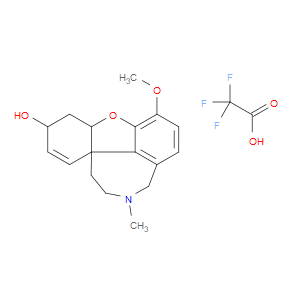
Ingredient ID: NPC322079
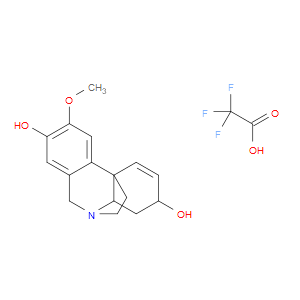
Ingredient ID: NPC321966
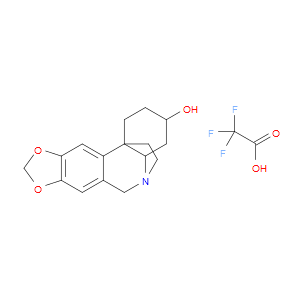
Ingredient ID: NPC321689
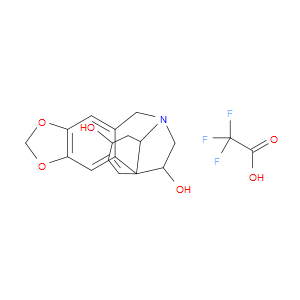
Ingredient ID: NPC321487
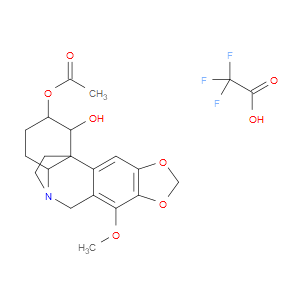
Ingredient ID: NPC321124

Ingredient ID: NPC318976

Ingredient ID: NPC318007
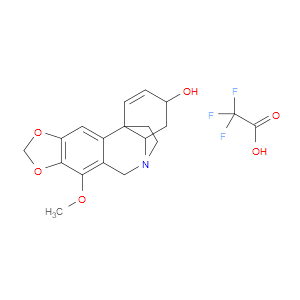
Ingredient ID: NPC317951
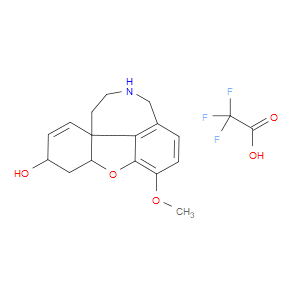
Ingredient ID: NPC316661
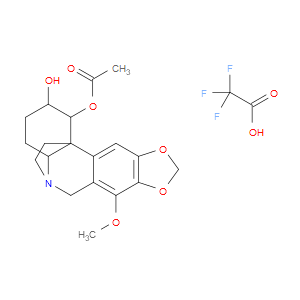
Ingredient ID: NPC316515

Ingredient ID: NPC309728
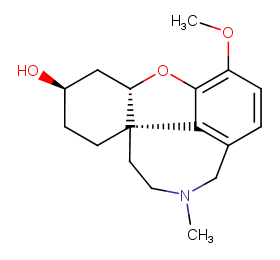
Ingredient ID: NPC305985
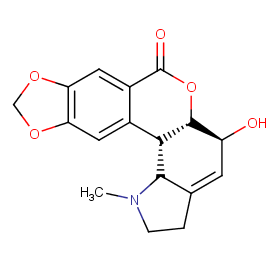
Ingredient ID: NPC300240
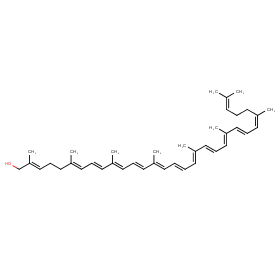
Ingredient ID: NPC299459
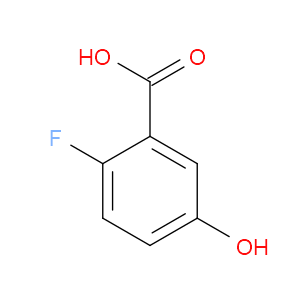
Ingredient ID: NPC298862

Ingredient ID: NPC292602
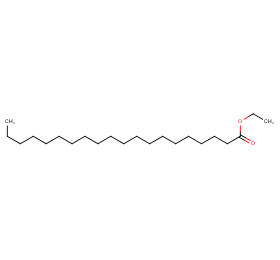
Ingredient ID: NPC290282

Ingredient ID: NPC281856
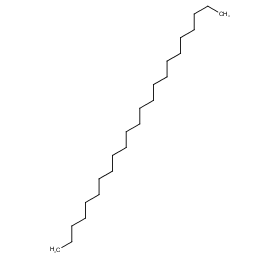
Ingredient ID: NPC278683
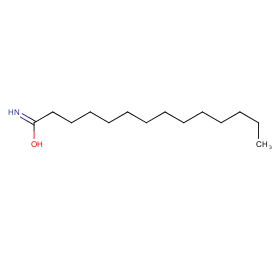
Ingredient ID: NPC277333

Ingredient ID: NPC250
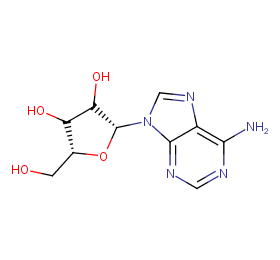
Ingredient ID: NPC2499
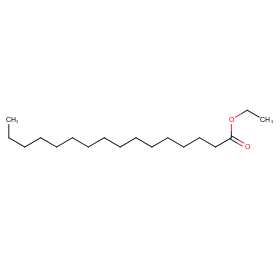
Ingredient ID: NPC236579
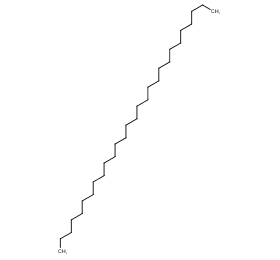
Ingredient ID: NPC235251
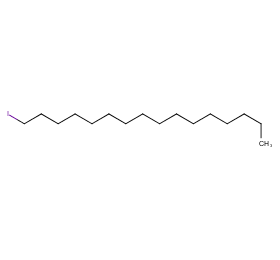
Ingredient ID: NPC234888
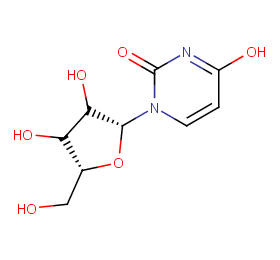
Ingredient ID: NPC229347
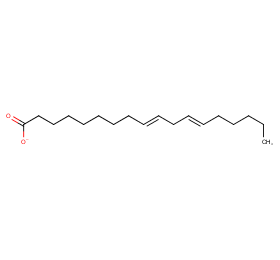
Ingredient ID: NPC223695
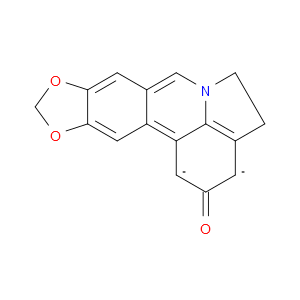
Ingredient ID: NPC223125
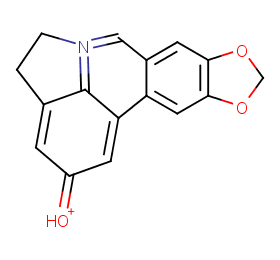
Ingredient ID: NPC223124
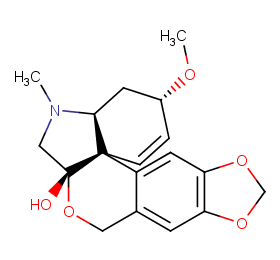
Ingredient ID: NPC218614
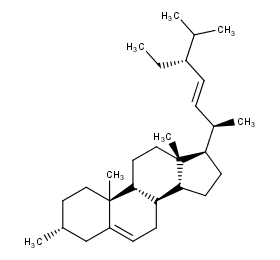
Ingredient ID: NPC196776
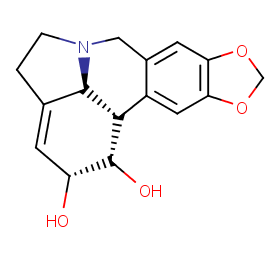
Ingredient ID: NPC190332
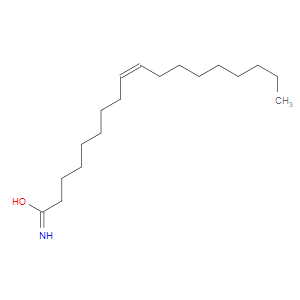
Ingredient ID: NPC188341
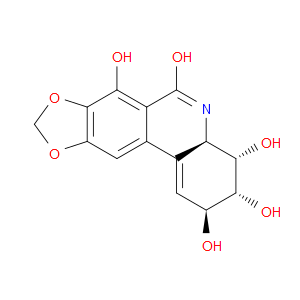
Ingredient ID: NPC182257

Ingredient ID: NPC181653

Ingredient ID: NPC179662
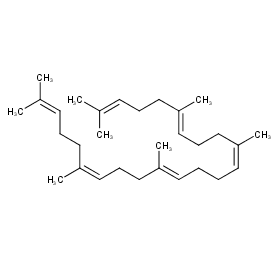
Ingredient ID: NPC167072

Ingredient ID: NPC164067
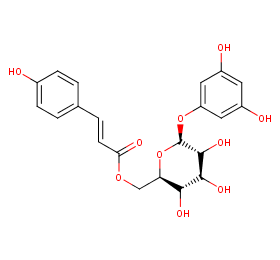
Ingredient ID: NPC153231

Ingredient ID: NPC148409
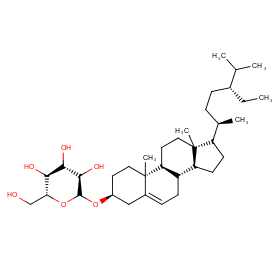
Ingredient ID: NPC142753
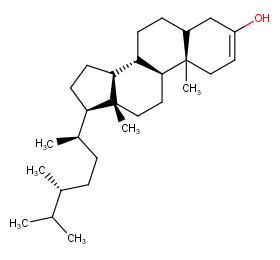
Ingredient ID: NPC137167
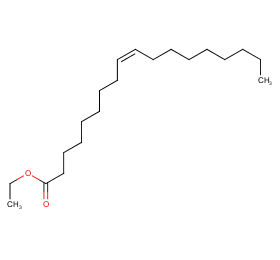
Ingredient ID: NPC128061
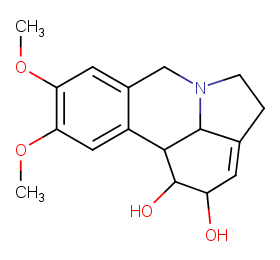
Ingredient ID: NPC127454

Ingredient ID: NPC122561
Classification of Human Proteins Collectively Targeted by the Plant
Clinical trials associated with plant from natural product (NP) & plant level:
| Clinical trials type | Number of clinical trials |
|---|
| NCT ID | Title | Condition | Form in clinical use | Associated by plant or compound |
|---|
❱❱❱ Associated Human Diseases and Detailed Association Evidence
How do we define the Plant-Targeted Human Disease Association?
Associated human diseases of an individual plant are summurized based on FOUR types of association evidence, these include:
❶ Association by Therapeutic Target: Bioactive protein targets of the plant were defined in "Molecular Targets" section, target-disease associations collected from TTD database were subsequently used to build the associations between the plant and its targeted human diseases.
❷ Association by Disease Gene Reversion: Plant and a specific disease will be associated when >= 1 plant target gene overlaped with disease's DEGs.
❸ Association by Clinical Trials of Plant: Plant and a specific disease will be associated when >= 1 clinical trial (the plant is the intervetion) can be matched in ClinicalTrials.gov database.
❹ Association by Clinical Trials of Plant Ingredients: Plant and a specific disease will be associated when >= 1 clinical trial (the plant ingredient is the intervetion) can be matched in ClinicalTrials.gov database.
Associated Disease of the Plant |
Association Type & Detailed Evidence |
|---|---|
Atopic eczemaDisease Category: 14.Diseases of the skinDisease ICD-11 Code: EA80 |
CYP3A4
|
AnxietyDisease Category: 21.Symptoms, signs or clinical findings, not elsewhere classifiedDisease ICD-11 Code: MB24.3 |
CYP3A4
|
Solid tumour/cancerDisease Category: 02.NeoplasmsDisease ICD-11 Code: 2A00-2F9Z |
CYP3A4
|
Urothelial carcinoma of bladderDisease Category: 02.NeoplasmsDisease ICD-11 Code: 2C94.2 |
CYP3A4
|
Malignant neoplasms of thymusDisease Category: 02.NeoplasmsDisease ICD-11 Code: 2C27 |
CYP3A4
|
Renal cell carcinoma, chromophobe typeDisease Category: X.Extension CodesDisease ICD-11 Code: XH6153 |
CYP3A4
|
Malignant neoplasms of adrenal glandDisease Category: 02.NeoplasmsDisease ICD-11 Code: 2D11 |
CYP3A4
|

